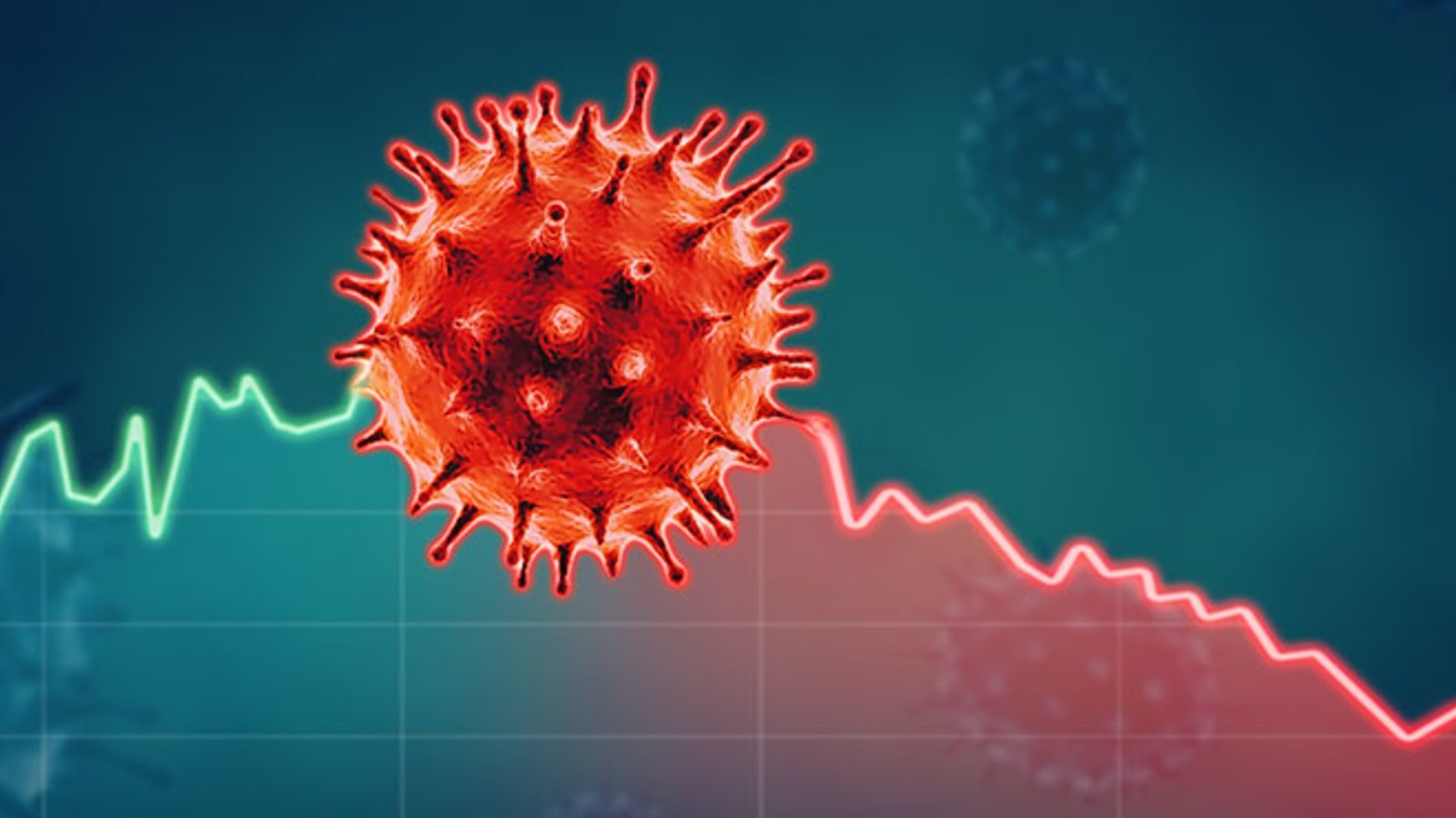By Edris F.
What is public health?
During the COVID-19 pandemic, you may have heard the phrase “public health” being used quite often on the news, social media, or even at school. But what exactly is public health?
Public health is a field that has increased the quality of life and the average lifespan of humans across the globe.
Image Source: https://www.parashospitals.com/hospitals-blog/paras-panchkula/page/6/
As students, we must think critically about what we see and hear in the world. The following are words or phrases that you probably have heard in the media or from your friends. See how many of the following you have heard over the course of the pandemic: “Public health measures”, “public health unit”, “pandemic”, “epidemiologist”, “infectious disease expert”, “quarantine”, “mask mandate”, “preventative measures”, “hygiene”, “vaccine” and the list goes on. There’s a trend going on; the italicized phrases above are used when talking about the spread of disease. Right now, public health professionals are conducting research on COVID-19 and/or creating COVID-19 vaccination programs to prevent the spread of disease. This is a limited perspective on what public health professionals are doing over the course of the pandemic, as there are many types of public health professionals and measures that are mitigating the spread of COVID-19 within human populations across the globe.
Besides pandemics, public health is a broad field of study. Cancer, heart disease, mental health, pharmaceuticals, nursing, and health policy are a few of the many specializations within the domain of public health practice and research. The World Health Organization (WHO) defines public health as “the art and science of preventing disease, prolonging life and promoting health through the organized efforts of society”. The Canadian Public Health Association defines public health as “the organized effort of society to keep people healthy and prevent injury, illness and premature [(early)] death. It is a combination of programs, services and policies that protect and promote the health of all Canadians.”
In addition to COVID-19, the following are the current threats to global public health that the WHO is focusing on:
- Air pollution and climate change
- Noncommunicable diseases
- Diseases that are not contagious, like diabetes and heart disease
- Global influenza (flu) pandemic
- Fragile and vulnerable settings
- War, drought, poverty, political instability
- Antimicrobial resistance
- Eg: antibiotic-resistant drugs
- Ebola and other high-threat infectious diseases
- Weak primary health care
- Lack of family doctors/low quality healthcare
- Vaccine hesitancy
- Dengue disease
- HIV/AIDS
Image Source: https://en.publika.md/german-coalition-agrees-to-cut-carbon-emissions-up-to-95-by-2050_2630571.html
To conclude, public health is the art and science of keeping people healthy, preventing disease, improving the quality of life of human populations, increasing the average lifespan of human populations, and promoting healthy living. Public health professionals do this by conducting health research, informing/implementing health policy, and developing effective public health programs that tackle specific public health issues like COVID-19.
In part 2 of this series, we will discuss the specific careers in public health and the paths you can take to become a public health professional!

Edris is studying at the University of Toronto with a love for nature and a passion for life, health, and environmental sciences. During his free time you can catch him reading non-fiction, spending time with his bird, or going on long hikes by the Rouge River. Edris firmly believes that everyone has the ability to grow and to become the best version of themselves; he hopes that his writing will help youth in their journeys of self-discovery.








